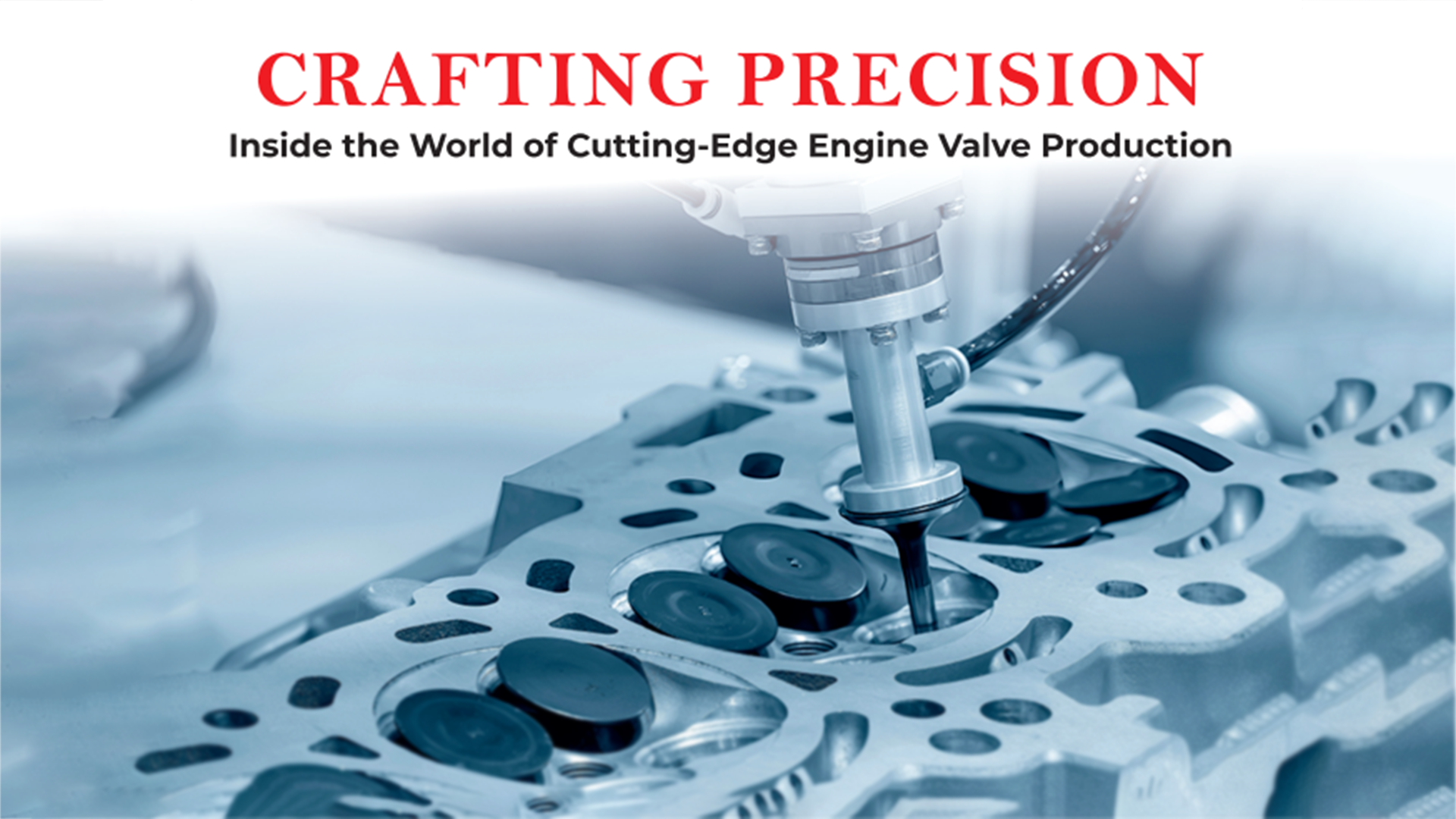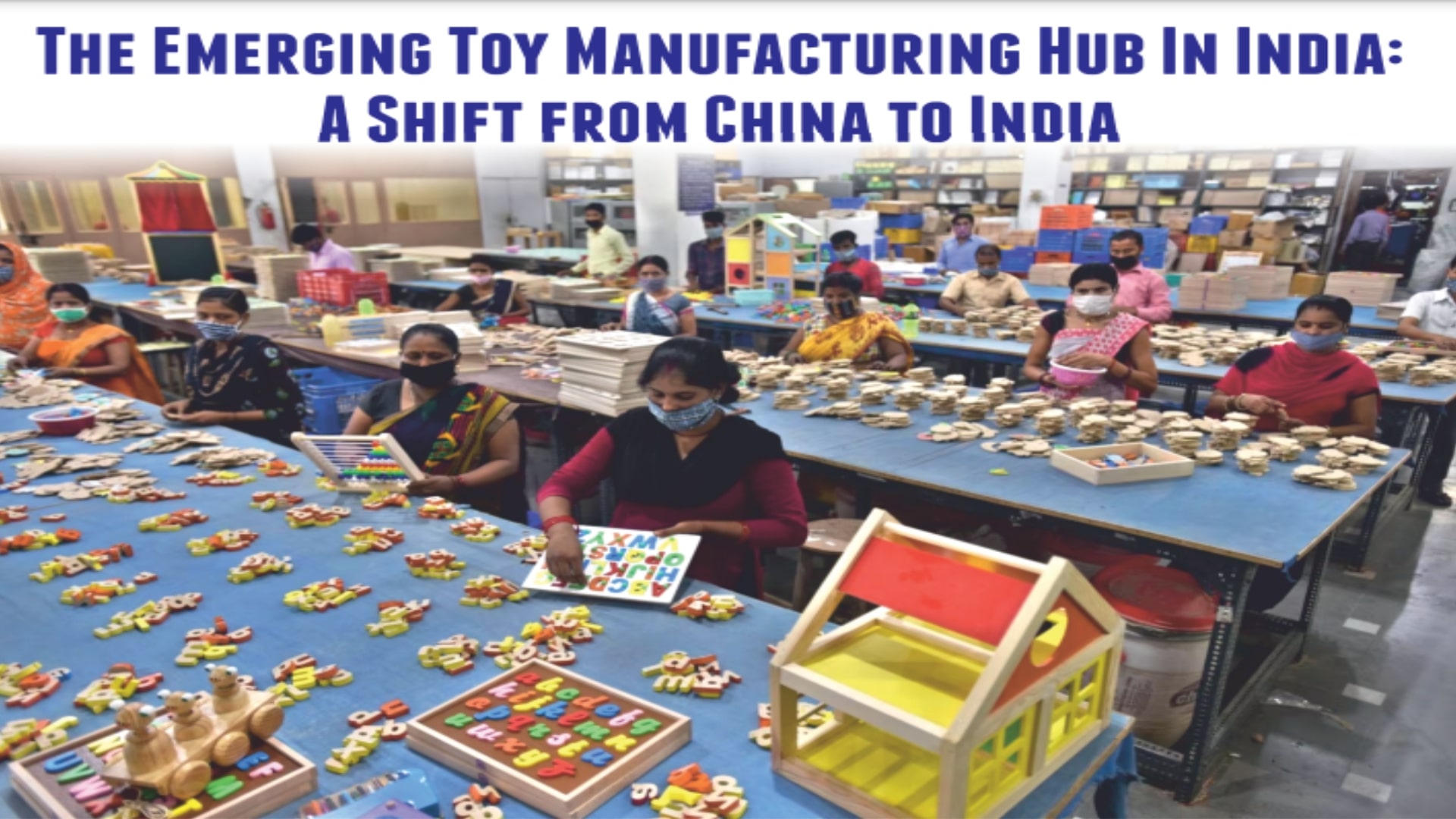Scope:
The fitness industry is a sunrise industry, which will continue growing in the next 20 to 30 years and more just like the pharmaceutical industry. So many growth drivers are there for the growing gym equipment manufacturers industry. In India, the adult population is not registering 1% compared to the U.S.- registering 20%. If India’s 1% converts into just 3%, that results- in thousands of newly established industries to observe. Therefore, focussing on the main asset of ‘health is wealth’- the government has taken the Fit India initiative. The government and the Ministry of Sports are in the process of developing extensive sports infrastructure.
Fitness is getting driven by Bollywood and social media. In- the earlier days, only one or two Bollywood stars were physically fit. Nowadays- even in TV serials, characters are portrayed with well-maintained six-packs and overall physical fitness. Platforms like Instagram and Facebook of social media, play a significant role in promoting a fit personality. As a result, individuals strive to be physically fit and healthy to showcase their personalities on these platforms.
Professional bodybuilding has transformed with events such as Mr. India, Mr. World, and Mr. Universe gaining prominence. Such events increased the trend of Indians participating in international competitions- and on the other hand, foreigners are coming to India. Federations in the industry are gaining government support, indicating maturity. To surpass China and Russia, the bodybuilding industries in India are maturing and expanding day by day to position the country as a significant market for fitness equipment.
Expert Potential
The global share of fitness equipment in India is less than 0.62% as compared to China- covering 65% of world trade. The government wants India to become the global hub of fitness. India has stepped in towards significant opportunities- for growth and increasing its export potential.
gym equipment manufacturers thrive on expert potential, combining innovation and fitness expertise. Crafting cutting-edge machines requires skilled engineers, designers, and fitness professionals to collaborate to optimize functionality and safety. These experts understand biomechanics, ergonomics, and the latest fitness trends, ensuring the creation of effective and user-friendly equipment. The industry's success hinges on the fusion of technical proficiency and fitness insights, delivering high-quality products that empower individuals on their wellness journey.
In 1918, during the occurrence- of the Spanish flu, the United States and Europe commenced the production of fitness equipment in its raw form. There has been a remarkable evolution in the design and aesthetics of technological equipment over the last three to four decades.
While bodybuilding in the past relied on equipment such as an Olympic bar, Olympic bench, and weights, the present scenario witnesses a machine dedicated to each muscle group. This innovation occurs at the product level, and there has been- a significant introduction of automation at the manufacturing level, including CNC machines, robotics, and more.
Powder coating has undergone a distinct innovation, evolving from traditional painting to a three-layered electrostatic powder coating process that is now fully automated. This transformation has significantly enhanced both the appearance and durability of the coating. Holistically, the industry has experienced numerous changes, encompassing technological advancements, transformative processes, excellence in production, quality assurance, and product and manufacturing technology, collectively contributing to overall growth in the sector.
Raw materials:
- ERW(Electric resistance welded) tubes, pipe, seamless tubes and round pipes, mild steel plates(range 5mm to 14mm) of IS 2062 grade.
- Bought-out components include pulley, wire rope, end caps, grips, hydraulic mechanism, hardware such as nuts and bolts, rubber parts, aluminum parts, plastic parts, and machine components for machining.
- Consumables include oxygen wire (0.8mm), epoxy polyester powder for powder coating, gases like argon, oxygen, and LPG used in manufacturing and fabrication, seat foam of types rebonded and molded, etc. are used.
Price of a Tube: CRC (cold rolled coil) tube approx cost Rs. 78 to 84 per kg.
Quality parameters of tube: Dimensional accuracy, parallelism, yield strength
Source of Raw material: Tube manufacturing companies are in Taiwan and Korea, and Indian manufacturers are- Tata, Mittal Steels, Pipe Tube India Ltd., Bhushan Steels, and- so on.
Machines required:
- CNC Machines (Computer Numerical Control): For creating intricate parts of gym equipment, CNC machines are known for their precision cutting, shaping, and engraving of various materials like metal, plastic, and wood.
- Welding Machines: In the fabrication- of metal frames and structures for gym equipment- welding is essential. The commonly used welding machines are MIG (Metal Inert Gas) and TIG (Tungsten Inert Gas).
- Tube Bending Machines: These machines- are used to bend metal tubes into specific shapes, which is common in the manufacturing of fitness equipment frames and handles.
- Powder Coating Equipment: Powder coating is a popular finishing method for gym equipment. A powder coating machine is- used to apply a durable and protective layer on the metal surfaces.
- Sheet Metal Cutting Machines: For cutting large sheets of metal into specific shapes, sheet metal cutting machines are used- in the construction of gym equipment.
- Press Machines: Press machines are utilized for stamping, punching, and forming metal sheets. They play a crucial role in creating components of gym equipment.
- Injection Molding Machines: Plastic parts and components like grip and covers are manufactured- by injection moulding machines.
- Laser Cutting Machines: Laser cutting machines provide precision cutting for various types of materials, and are often- used for intricate designs and patterns in gym equipment.
- Assembly Line Equipment: Conveyor belts, robotic arms, and other assembly line equipment help in the efficient and systematic assembly of gym equipment, reducing production time.
- Quality Control Equipment: Various testing and measuring equipment, such as callipers, gauges, and strength testing machines, are used to ensure the quality and safety of the finished gym equipment.
- Painting Booths: These booths are used for spray painting gym equipment to enhance aesthetics and provide additional protection against corrosion.
- Upholstery Machines: For the production of padded and upholstered gym equipment, machines for cutting, sewing, and attaching upholstery are essential.
Source for machines:
International: Germany, US, Japan (If not having budget constraints)
National: Gujarat, Pune, Noida, Ghaziabad, and many more local and state-level suppliers.
- Total Machines cost for small scale: 4 to 5 Cr.
- Total Machines cost for Large scale: 12 to 18 Cr.
Process:
- Laser cutting: Includes Plate laser cutting and tube laser cutting in which drilling, notching, grooving, and profiling processes are- performed as per the requirement.
- Pipe bending: This is- done with the help of loading the fixtures depending on the size and bending angles.
- Fabrication: Tag welding is- done on equipment, then the operation and the checklist are checked according to the bill of material (BOM).
- Dismantling: Dismantle all welded equipment and send for full welding using argon gas.
- Full Welding: After full welding, assembly takes place, and- then, distortions and alignments are checked.
- Disassembling: After checking that the alignments and distortion have no defect, the equipment is again disassembled and sent for the process of pre-treatment.
- Pre-treatment: It involves shot blasting of 0.8mm diameter steel balls or any other type of surface treatment as required.
- Powder Coating: A favored finishing technique for gym equipment is Powder coating. Employing a powder coating machine, a resilient protective layer is skillfully applied to metal surfaces, followed by an hour-long curing process in an oven. This meticulous procedure, known as three-layer powder coating, is repeated thrice to achieve either- a matte or glossy finish based on specific preferences. Subsequently, components and various frames are- unloaded, and the quality is meticulously assessed- through dry film thickness (DFT) and powder durability checks.
- Final assembly line: Assembly of parts like grips, wires, seat adjusting mechanism, pulleys, hardware, etc., are completed, and then the fully assembled equipment is ready for PDI (pre-dispatch inspection).
Once the equipment is passed the ok quality condition through PDI check, it is bubble wrapped and fully passed from all packing processes, sent for dispatch.
- Outsource destructive testing: Parts are- sent to NABL (National Accreditation Board for Testing and Calibration Laboratories) for periodic testing.
Range of equipment:
- Single station machine: It is for single work as a chest press.
- Dual-station Machine: Single machine used for two different workouts.
- Plate-loaded machine: Can load plate according to the capacity of lifting.
There are over 300 products available, including benches and racks, among others.
- High-demand Equipment: Approx 10 to 12 pieces of equipment are mandatory in a gym are Olympic bench, leg pull down, chest press, shoulder press, biceps, trade mills, bicycles, etc.
Small-scale project for opening Gym:
-
Land: 2500 to 3000 sqft.
- Equipment such as treadmills, ellipticals, rowers, and spinning bikes are available for cardiovascular exercise.
- Strength equipment: Olympic bench, flat bench, super bench, smith machine, leg press, leg pull down, and rowing is required.
- Equipment cost: Rupees 20 to 60 Lac.
- Budgeting: Source for funding, Interiors, equipment, marketing, flouring, AC, mirror, branding, lights, cameras, electrical and music system.
- Location: Prime.
Small-scale project for manufacturing Gym equipment:
-
Land: 10,000 to 15,000 sqft.
- Man Power: 15 to 18 workers. (large scale: 120 to 150 workers).
- Capacity: 80 to 100 equipments per day. (large scale: 1000 to 1500 equipment).
- Electricity: 80 KVA to 100 KVA (large scale: 300 to 500 HT connection).
- Profit: 20% to 30%
License and registration: Factory license, NOC from pollution board, GST registration, Udyog registration, Labor license with ESIC and PF registration.
Marketing policy: Quality, digital marketing, social media presence such as Instagram and Facebook, taking part in exhibitions of gym equipment, etc.























